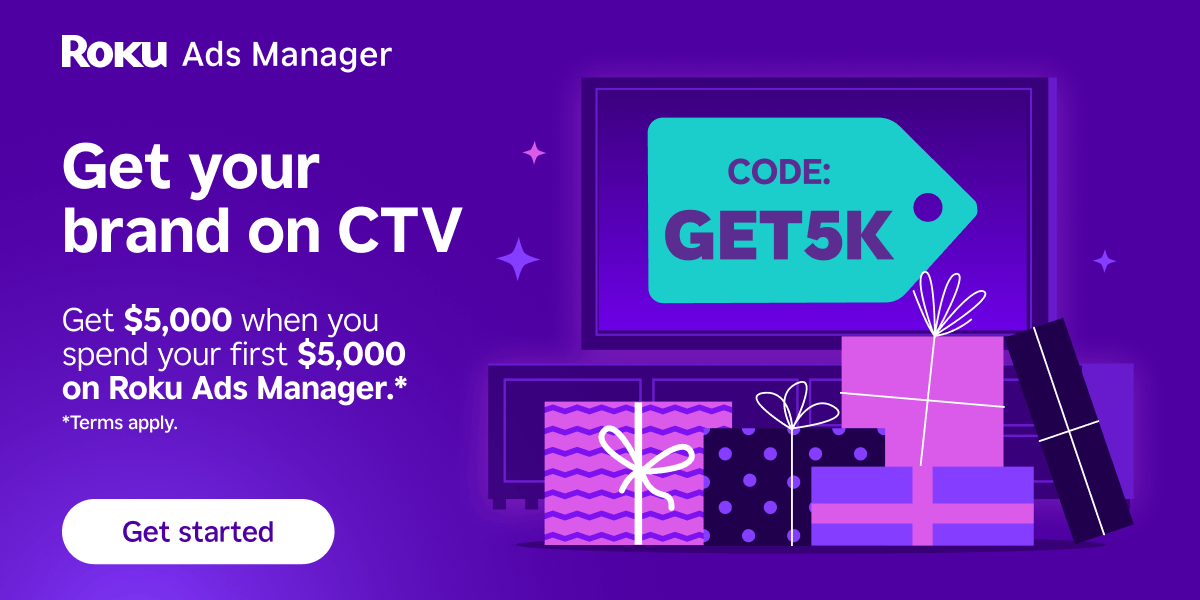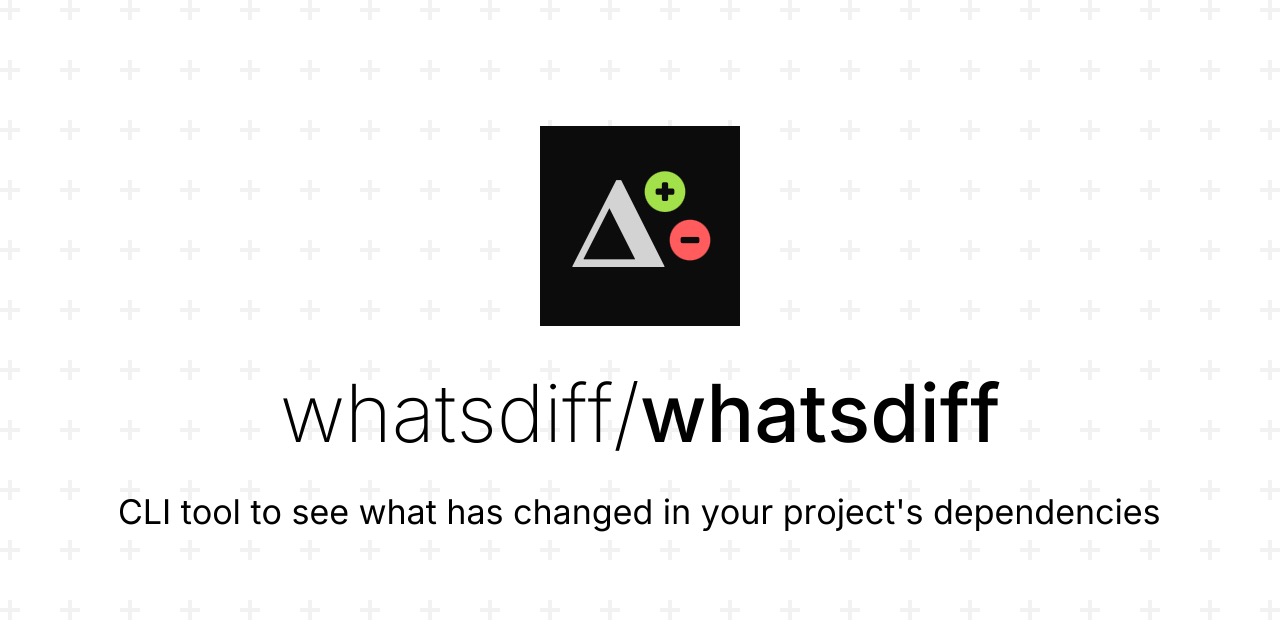- AI Breakfast
- Posts
- Google Demos VEO-made Ad
Google Demos VEO-made Ad
Good morning. It’s Monday, November 3rd.
On this day in tech history: In 1983, John Laird, Paul Rosenbloom, and Allen Newell debuted SOAR, a cognitive architecture built to model a unified form of human-like intelligence. It combined symbolic problem-solving, learning via “chunking,” and decision-making in one framework - an ambitious AGI-style vision before the term was mainstream. SOAR became a key testbed for planning, operator learning, and cognitive modeling, influencing intelligent agents and early training simulations.
In today’s email:
Google Demos VEO-made Ad
OpenAI pushes licensing and growth strategy amid renewed Musk confrontation
AI reshapes labor market as forward-deployed engineers surge
5 New AI Tools
Latest AI Research Papers
You read. We listen. Let us know what you think by replying to this email.
Find customers on Roku this holiday season
Now through the end of the year is prime streaming time on Roku, with viewers spending 3.5 hours each day streaming content and shopping online. Roku Ads Manager simplifies campaign setup, lets you segment audiences, and provides real-time reporting. And, you can test creative variants and run shoppable ads to drive purchases directly on-screen.
Bonus: we’re gifting you $5K in ad credits when you spend your first $5K on Roku Ads Manager. Just sign up and use code GET5K. Terms apply.

Today’s trending AI news stories
Google debuts Veo-made ad, pulls Gemma from AI Studio, and preps agentic Opal upgrade
Google has released its first fully AI-generated advertisement, produced with the Veo 3 video model and featuring stylized plush characters to avoid synthetic-human “uncanny valley” issues. The campaign promotes Google Search’s AI Mode and is rolling out across TV, cinema, and digital. Google opted not to disclose AI usage, citing research that consumers prioritize narrative over production method. AI is being positioned as a standard creative tool, not a marketing hook, though Google is exploring new ad formats for AI surfaces.
Regulatory and reputational scrutiny is intensifying. Google removed its lightweight Gemma model from AI Studio after Senator Marsha Blackburn accused it of generating defamatory fabrications. Google responded on 𝕏, saying Gemma was never intended for consumer-facing factual queries and was designed for developer integration, not end-user Q&A. The model remains accessible via API.
Gemma is available via an API and was also available via AI Studio, which is a developer tool (in fact to use it you need to attest you're a developer). We’ve now seen reports of non-developers trying to use Gemma in AI Studio and ask it factual questions. We never intended this
— News from Google (@NewsFromGoogle)
12:10 AM • Nov 1, 2025
On the commercial front, Google continues to promote AI adoption without disclosing revenue attribution. The company highlighted high token consumption, around one trillion tokens annually per top enterprise customer, but provided no clarity on monetization. Independent estimates suggest generative AI may contribute under 1% of Google Cloud’s 2025 revenue, constrained by integration complexity, safety concerns, and price pressure.
Product momentum remains strong. Leaked updates show Google preparing a significant expansion of Opal, its AI-app and workflow builder. New Model Context Protocol integrations will enable direct automation across Gmail, Calendar, Drive, and local files. A Smart Layout mode will streamline UI creation, and a new Agent capability will provide iterative, tool-using, multi-step reasoning for adaptive workflows. The features are not yet public but appear in pre-release code. Read more.
OpenAI pushes licensing and growth strategy amid renewed Musk confrontation
OpenAI’s Atlas browser is quietly testing a structured method for handling blocked news sources by supplying context without quoting restricted material. When users ask about coverage from the New York Times or PCMag, Atlas redirects to synthesized summaries based on licensed or openly accessible reporting from the Guardian, Washington Post, Reuters, AP, and similar partners.

OpenAI’s Atlas was able to retrieve the full text of a subscriber-exclusive article from the MIT Technology Review. | Image: CJR
Columbia Journalism Review reports that Atlas can reconstruct PCMag coverage using syndicated articles, social posts, and related reporting, and sometimes exposes text behind soft paywalls. The move reduces copyright and licensing risk, and flips incentives: publishers that block AI access may lose visibility and traffic to competitors that do license content to OpenAI.
Sam Altman is simultaneously reinforcing a growth-first narrative to match OpenAI’s heavy multi-year compute pipeline. He said annual revenue is “well more” than $13 billion and accelerating, brushing aside doubts about financing over $1 trillion in compute commitments across the next decade. In a conversation with Microsoft’s Satya Nadella, Altman said OpenAI must expand beyond ChatGPT subscriptions into AI cloud infrastructure, consumer hardware, and automated scientific research, with compute availability remaining the gating factor.

Financial Times charts how OpenAI has solidified its position through strategic partnerships and funding | Image: FT
Altman also reignited his long-running feud with Elon Musk after posting a thread on 𝕏 about a 2018 Roadster reservation, a refund request, and an initial failure to process the $50,000 deposit due to a bounced email. Musk replied by accusing Altman of having “stolen a nonprofit” when OpenAI adopted a capped-profit model, then added a fourth act noting Tesla completed the refund within 24 hours. Read more.
AI reshapes labor market as forward-deployed engineers surge
A Goldman Sachs survey finds just 11% of companies link layoffs directly to AI, while 47% use it primarily to boost productivity and revenue. Workforce cuts are projected to reach 11% within three years, with entry-level white-collar roles under particular pressure. Startups such as Mercor are training AI to replicate tasks traditionally performed by doctors, lawyers, and analysts, highlighting the growing efficiency-driven shift.

Image: FT
Demand for forward-deployed engineers (FDEs), specialists combining coding expertise with client-facing skills, has surged more than 800% in 2025. Companies including OpenAI, Anthropic, and Cohere embed FDEs within client operations to tailor AI deployments, convert technical capabilities into measurable outcomes, and feed insights back into product development.
Investor optimism has concentrated equity gains in roughly 30 AI-focused firms, now representing 44% of the S&P 500 market cap and driving an estimated 75% of returns. While AI pressures early-career roles, the Bureau of Labor Statistics projects above-average growth for AI-adjacent positions through 2033.

Image: Bloomberg
Economists warn the concentration of AI in hyperscalers creates systemic exposure. Experts note that large-scale labor substitution will be key for monetization, while FDEs help turn infrastructure investment into actionable value.
AI still accounts for under 1% of GDP, but it is reshaping labor, corporate strategy, and industrial productivity at a speed few sectors have seen in decades. The coming three years will determine whether benefits remain concentrated or diffuse more broadly across the economy. Read more.

Qwen3-Max Thinking goes live on Qwen Chat with an 82k-token reasoning boost
Meta doubles down on retail with experiential West Hollywood store for AI wearables
Being rude to ChatGPT actually makes it more accurate, but Penn State warns there’s a catch
Nvidia teams up with Hyundai, Samsung, SK, and Naver to turn South Korea into an AI powerhouse
Tim Cook hints at AI deals and expansions as Apple prepares Siri overhaul for next year
Adobe Max demo reveals AI that applies first-frame edits to an entire video automatically
New Perplexity features let users toggle Visa data for smarter, privacy-conscious AI personalization
Watch: Skyfall-GS creates photorealistic, walkable 3D city models straight from satellite images
New research suggests LLMs may hide their inner states through simulated denials of experience
Pangram nearly perfects AI text detection, outclassing competitors in University of Chicago study
Opera Neon users can now dive deeper into research thanks to ODRA launch
Moonshot released KIMI CLI, a command line coding agent with MCP support
Researchers explore how AI can strengthen, not replace, human collaboration

5 new AI-powered tools from around the web

arXiv is a free online library where researchers share pre-publication papers.

Thank you for reading today’s edition.

Your feedback is valuable. Respond to this email and tell us how you think we could add more value to this newsletter.
Interested in reaching smart readers like you? To become an AI Breakfast sponsor, reply to this email or DM us on 𝕏!






